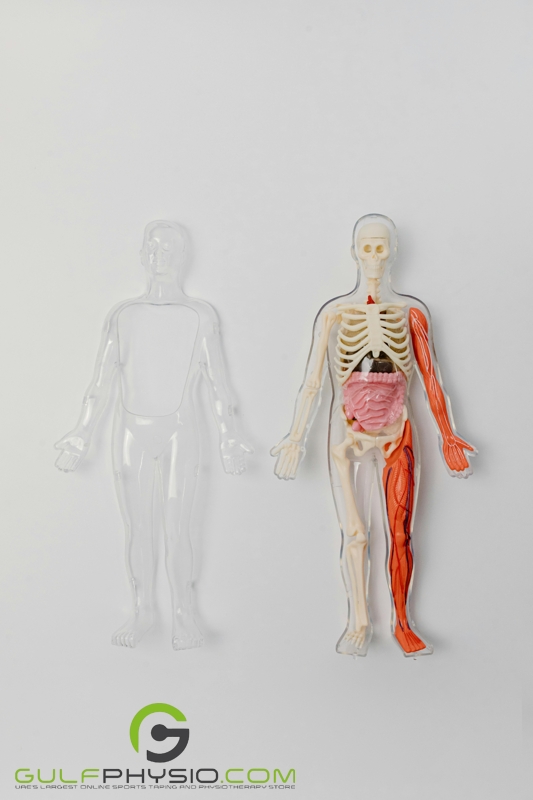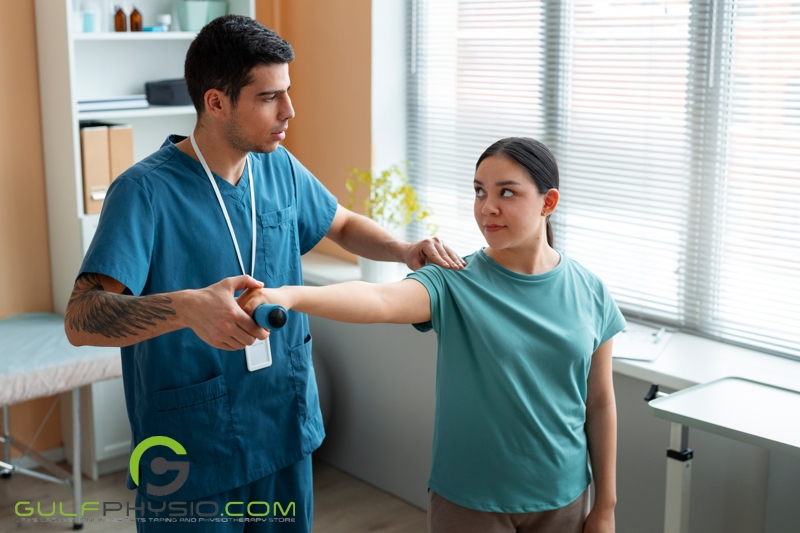
According to the World Health Organization (W.H.O.), musculoskeletal conditions affect approximately 1.71 billion people globally and are the leading contributor to disability worldwide. With these statistics, doctors are now researching and developing new ways to combat these conditions, such as with Osteopathic Manipulative Treatment.
The Decline of Musculoskeletal Health
The functioning of the locomotor system — muscles, bones, joints, and connective tissues — as musculoskeletal health. It is vital for human health by providing structure and movement, functioning as an endocrine system, and interacting with other organs through biochemical signaling.

In a previous article we discussed a condition called sarcopenia, which is the loss of mass and functionality in the muscles as we get older. Sarcopenia along with osteoporosis, are heavily associated with the decline of the musculoskeletal system (especially as we grow older) which increases the risk of things such as functional decline, loss of balance, and even fatality.
What is Osteopathic Manipulative Treatment?
Osteopathic manipulative treatment (OMT) is a method used to alleviate musculoskeletal pain and various other health issues. Doctor of Osteopathic Medicine (DOs or osteopaths perform the treatment), but medical doctors (MDs) who have received specialized training can also carry out it.

OMT aims to normalize the relationship between structure and function, as well as to enhance the body’s natural self-healing abilities. An article published in 2022 conducted a systematic study on the efficacy of this treatment, and concluded that despite needing further research, OMT has proved to be an effective intervention to combat musculoskeletal disorders.
Osteopathic Medicine
In the United States, osteopathic medicine adopts a holistic approach to healthcare, emphasizing the health of the whole person and focusing on prevention and wellness. Doctor of Osteopathic Medicine (DOs) collaborates closely with patients, taking into account the state of their body, mind, and spirit. Professionals in this field acknowledge the importance of a physician’s hands in identifying and addressing medical conditions and trauma.
Similar to medical doctors (M.D.s), DOs must accomplish residency training and pass the licensing exam prior to treating patients and prescribing medications.
Why Choose Osteopathic Manipulative Treatment?

Osteopathic manipulative treatment (OMT) is used to treat conditions that impact different bodily systems, such as the musculoskeletal, digestive, nervous, and immune systems. It brings the body into alignment and reestablishes balance in bones and muscles, enabling improved overall bodily function. OMT can tackle structural problems in muscles, tissues, and joints; enhance circulation; prevent serious health issues; and alleviates muscle tension, joint stiffness, and limitations in motion.
In Conclusion

Globally, musculoskeletal conditions impact 1.71 billion individuals and are the leading cause of disability. Osteopathic Manipulative Treatment (OMT) are techniques that relieve musculoskeletal pain and various health problems. Doctor of Osteopathic Medicine (DOs), also known as osteopaths, and in some cases, other specialized medical doctors carry out the treatment. The goal of OMT is to normalize the relationship between structure and function, as well as to strengthen the body’s inherent self-healing capabilities. A systematic review conducted in 2022 determined that OMT is effective against musculoskeletal disorders. OMT addresses conditions that impact various bodily systems, including the musculoskeletal, digestive, nervous, and immune systems. It aligns the body, restores equilibrium in bones and muscles, and enhances overall bodily performance.
Disclaimer
GulfPhysio.com and all of its content are for informational purposes only. All information is believed to be accurate at the time of posting and should NOT be taken as professional medical advice. Please seek a medical professional in the event of pain or injury.
Want to learn more about health, pain management, and disease? Then read our articles “Anchored While Aging: Strength Exercises For Older Adults” and “Tackling The Facts: Juvenile Idiopathic Arthritis (JIA)”.



